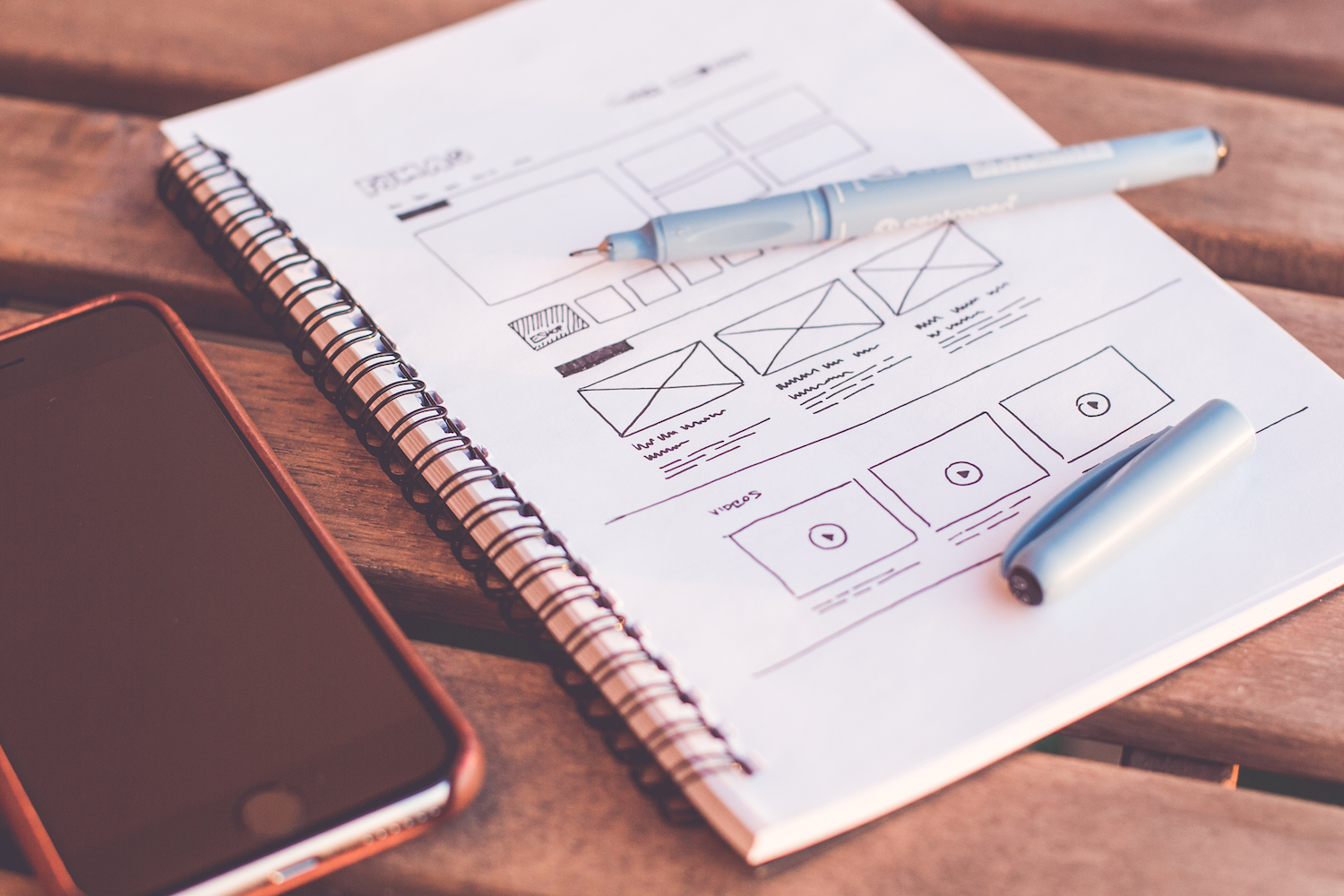Article summary
As I explained yesterday, pair design is a valuable tool for designers. However, you may be wondering what pair design looks like and when it is appropriate to use.
The key pillars in pair design are:
- Working in tandem on a project
- Explaining and validating decisions in real time
Pair Design Techniques
Generator & synthesizer
Mariya Yao describes a few techniques for pair design. Her first technique, inspired by Cooper, focuses on designers switching between the roles of “generator” and “synthesizer.” In these roles, one designer focuses on generating, or brainstorming as many ideas as possible. The other designer synthesizes, or analyzes the generated ideas, raising questions to validate ideas in real time and identify edge cases.
Cross-disciplinary pairing
Yao also proposes the concept of cross-disciplinary pairing. This technique can be used by either designers who specialize in different branches of design (such as UX and interaction design) or by a designer and another person who does not have a design background, such as a subject matter expert. This latter type of pair can be especially valuable when designing in extremely specialized domains.
Pair sketching
Ian Schoen proposes a 15-minute design pair sketching exercise. He recommends spending five minutes on each of the following steps:
- Setting a goal: The pair comes to a common understanding of the sketching task.
- Completing the exercise: One designer “navigates” by describing a concept, while the other designer “leads” using a Sharpie to draw out wireframes.
- Switching roles: Designers switch roles as “navigator” and “leader.”
Pairing for kickoff & charrettes
In addition to implementing the techniques above, Atomic Object also utilizes pair design during project kickoff and design charrettes. During kickoff, designers work closely with each other, delivery leads, and key stakeholders. In my experience, this is extremely effective at generating shared understanding around the project at hand.
Design charrettes involve a cross-disciplinary pair sketching exercise between designers and stakeholders or subject matter experts seeking to answer key questions about design. I have seen this method generate valuable insights and help stakeholders prioritize their own content.
What Pair Design Isn’t
To understand what pair design is, it’s helpful to know what it does not include. Pair design is not about two designers working separately on the same problem and coming together after the fact for critique. Pair design is also not about designers sketching ideas independently and later trying to combine or merge pieces of them into one. A unique value of pair design is the ability to validate decisions in real time, which is not possible if design thinking is done disparately.
When—and When Not—to Pair
Cooper recommends using pair design at three critical points in the design process:
- Interviewing stakeholders: Designers can pair by taking different kinds of notes. One can take a more detailed transcript, while the other captures high-level concepts and workflows.
- Wireframing: Paired designers can switch between the roles of sketching ideas and asking probing questions.
- Doing detailed design work: Cooper recommends that designers work side-by-side to answer a specific design challenge. One designer answers the challenge using pixel-perfect tools, while the other responds to the challenge using the written word.
In the past, during the visual design phase, I’ve paired with designers on creating moodboards, finalizing navigation and IA, and refining visual styles. In these situations, it was useful to have another another person’s insight and to be able to quickly diverge and converge on ideas.
When deciding whether or not to pair, it is also a good idea to keep finances and scope in mind. When the budget is extremely tight or design is not a large part of the project, it may not be fiscally feasible to bring on a second designer. One way to mitigate this would be to intentionally pair on only key or highly complicated screens. This effort could be easily timeboxed and scoped, while still adding the benefits of pair design to the project.
In my experience, pair design is a valuable tool for generating quality ideas and refining them quickly. This technique can be used in a number of ways, at any point in the design process, to provide maximum value for clients and designers.
How has pair design benefitted your projects?

